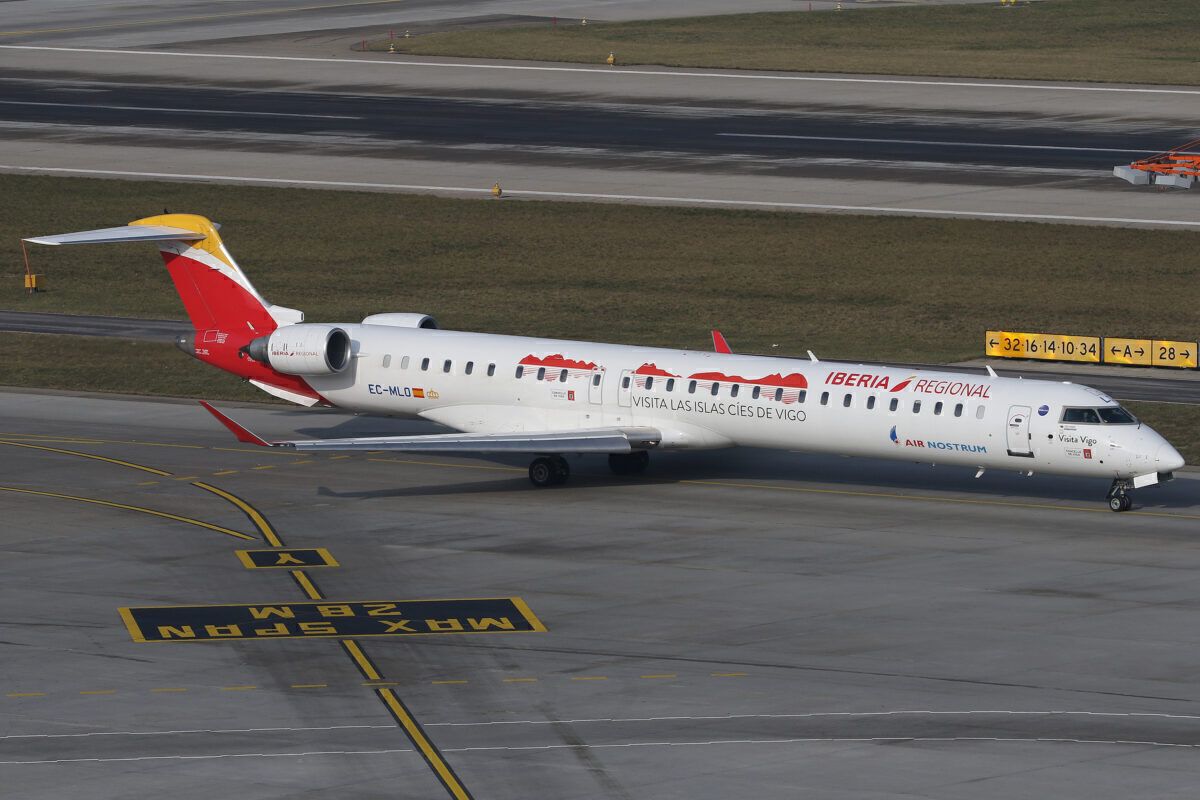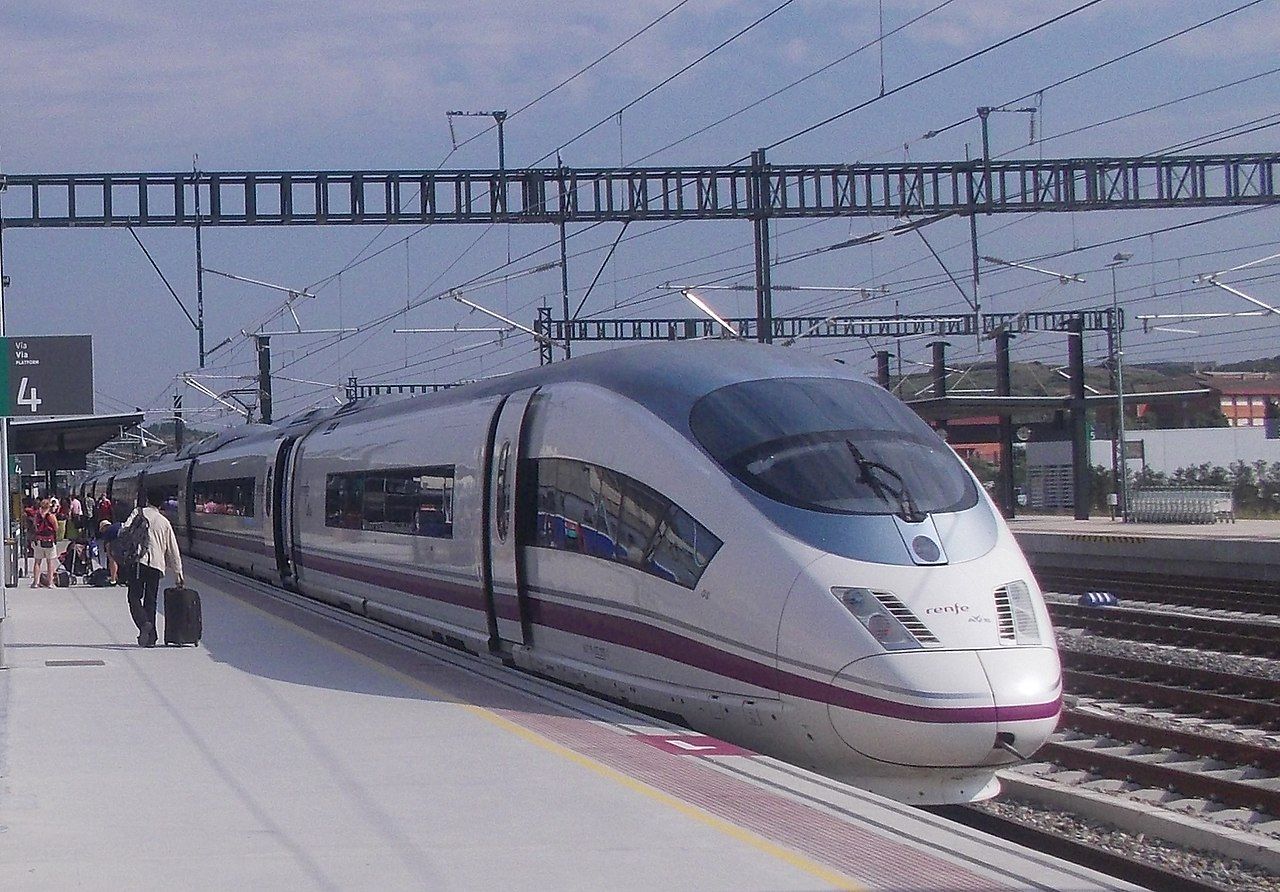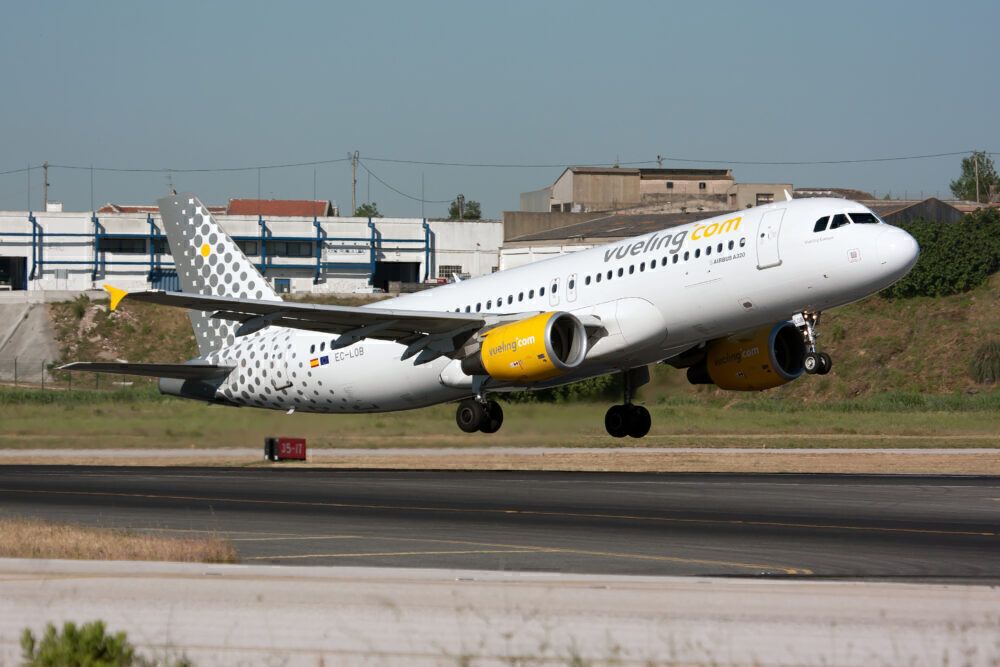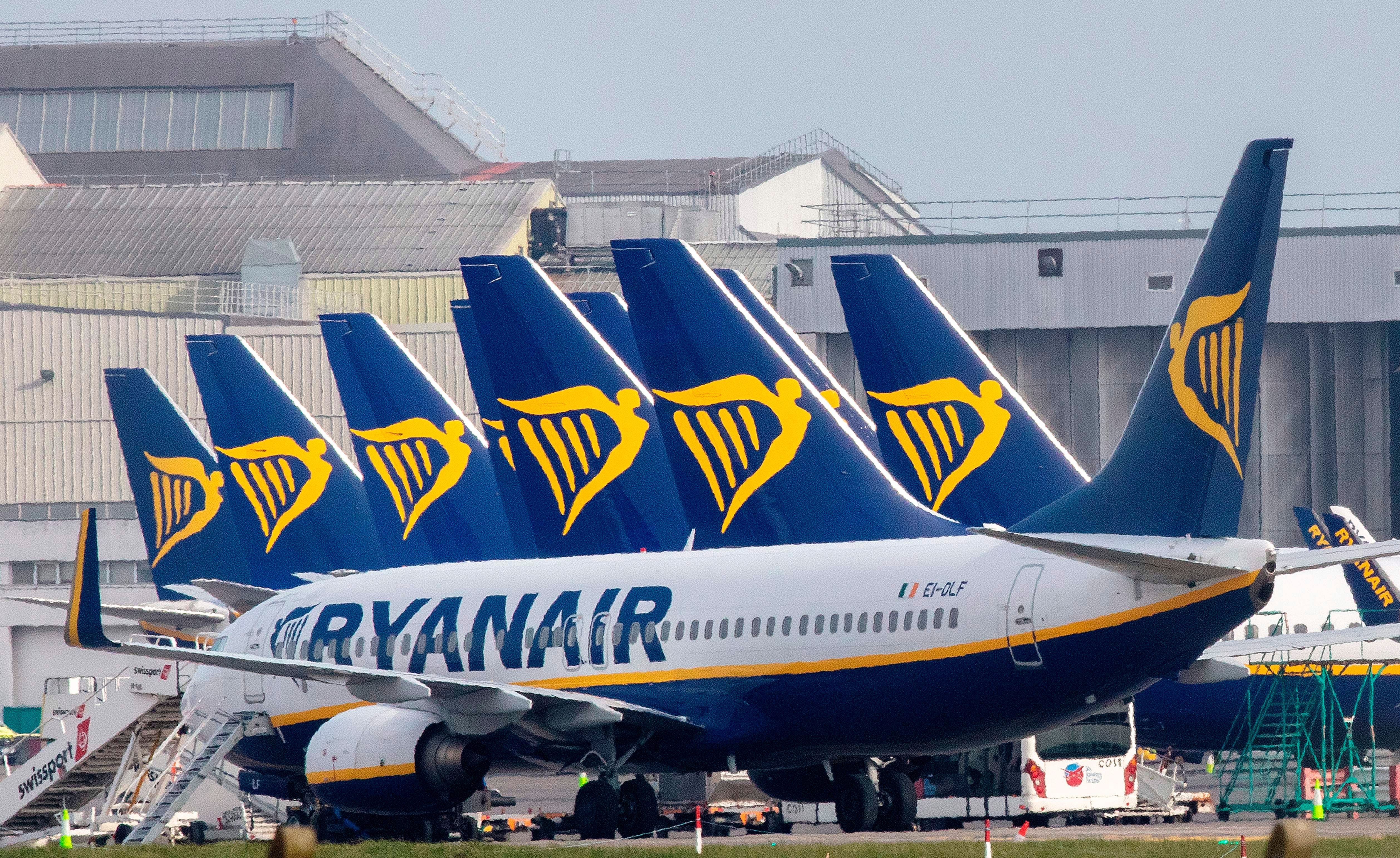Today we are going to look at the busiest domestic air routes in Spain and have some information which may surprise you. Spain is deceivingly large east to west, stretching from the Mediterranean Sea to the Atlantic Ocean and from North to South from France to Gibraltar.
It is the largest country in Southern Europe and the second-largest country in the European Union. Besides occupying the Iberian Peninsula, Spain also consists of the Balearic Islands in the Mediterranean Sea and the Canary Islands in the Atlantic Ocean. Spain has a population of more than 47.4 million people with its two most important cities being the capital Madrid and the Catalonian city of Barcelona.
3 Spain has an extensive high-speed rail network
While many countries around the world rely on domestic air routes for getting around Spain has, since 1992, been constructing a vast network of high-speed rail lines that allow trains to connect cities at close to 200 mph. In many instances, a train will get you from city center to city center faster than flying.
2 Flying can be less expensive
Where flying does have the advantage is the price, with Ryanair easily the cheapest followed by Vueling, Air Europa, and Volotea. Iberia Express and Valencia Airport-based Air Nostrum focus their attention on feeder flights to and from smaller Spanish cities to Adolfo Suárez Madrid–Barajas Airport (MAD) and Josep Tarradellas Barcelona-El Prat Airport (BCN). Of the airports in Spain, Madrid is the busiest followed by Barcelona and then Palma De Mallorca Airport (PMI), Malaga Costa del Sol Airport (AGP) and Alicante-Elche Airport (ALC).
Madrid-Palma de Mallorca
With no rail connection, Adolfo Suárez Madrid–Barajas Airport (MAD) to Palma de Mallorca Airport (PMI) is the busiest domestic air route in Spain. In 2021, 1,140,759 people traveled between the Spanish capital and the holiday island.
Madrid-Barcelona
Because train prices between Barcelona and Madrid are comparable to flying and the train is a little quicker, this route - once the busiest domestic air route in Spain - is now in second place. In 2021, 1,013,020 people traveled by air between the two cities.
Madrid-Gran Canaria
Again with no rail or road connection Adolfo Suárez Madrid–Barajas Airport (MAD) to Gran Canaria Airport (LPA) is the third-busiest domestic route. In 2021, 937,084 people traveled between Madrid and Las Palmas.
Madrid-Tenerife (Norte)
Like Gran Canaria, the Canary Island of Tenerife relies on air traffic. Adolfo Suárez Madrid–Barajas Airport (MAD) to Tenerife North–Ciudad de La Laguna Airport (TFN) is Spain's fourth-busiest domestic air route. In 2021, 875,428 people traveled between the Spanish capital and Tenerife Norte.
Madrid-Ibiza
The party island of Ibiza takes the fifth spot on our list with Adolfo Suárez Madrid–Barajas Airport (MAD) to Ibiza Airport (IBZ) seeing 610,232 passengers in 2021.
1 Where flying is better than the train
While getting between Spain's big cities by train is often better than flying on the following routes it is much quicker to fly with most flights taking around an hour:
- Barcelona to Bilbao with Vueling as opposed to 6.5 hours by train
- Madrid to Santiago de Compostela with Ryanair as opposed to seven hours by train
- Seville to Barcelona with Ryanair as opposed to 5.5 hours by train
- Bilbao to Malaga With Vueling and Air Europa as there is rail service between the two




